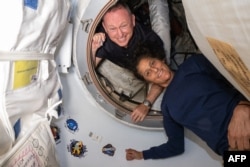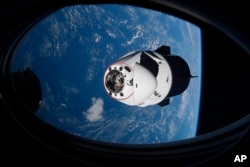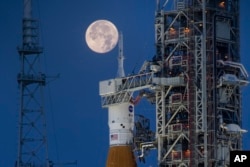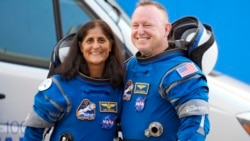Bussiness
Experts Question Boeing’s Space Business after Starliner Failures
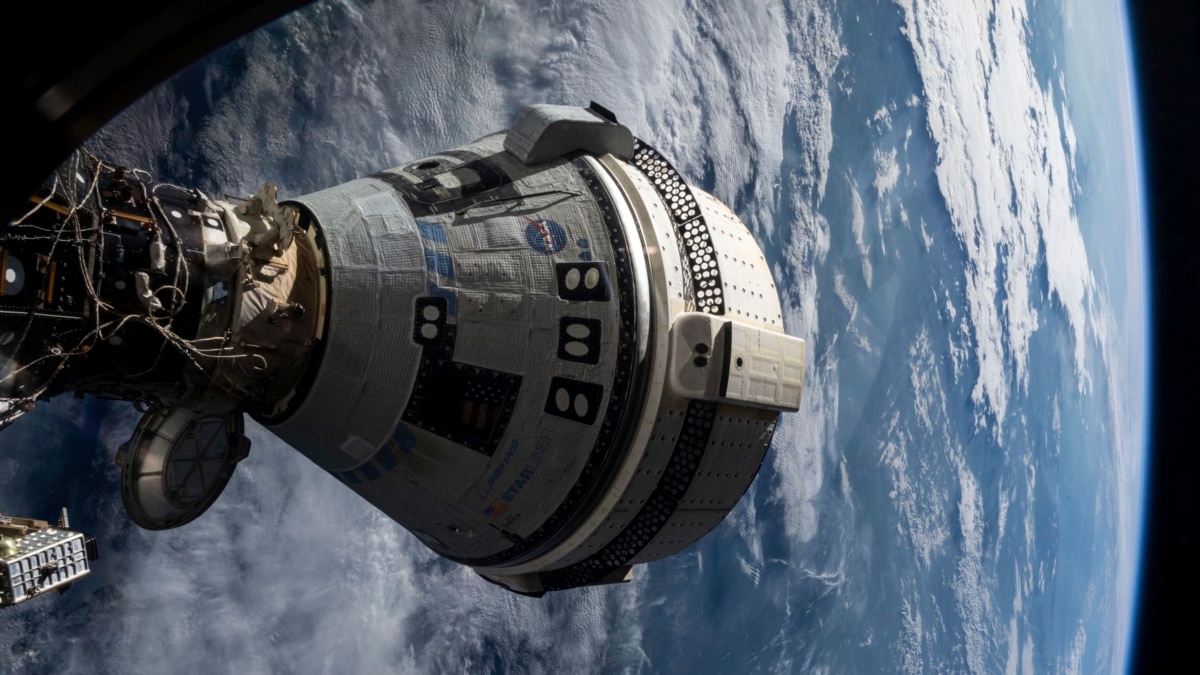
Experts and people in the space industry say NASA’s decision to send Boeing’s Starliner capsule home without astronauts was not unexpected. They also said it follows years of problems with Boeing’s space business.
Taking NASA astronauts Butch Wilmore and Suni Williams to the International Space Station (ISS) was supposed to have been a turning point for Starliner. The operation had suffered years of delays and technical problems.
Reuters news agency examined financial securities reports for Boeing and reported on what it had found. Reuters estimated that Starliner has cost Boeing $1.6 billion in cost overruns since 2016.
The Starliner spacecraft was launched from Cape Canaveral, Florida, on June 5. Astronauts Wilmore and Williams were to stay at the ISS for about eight days. But problems with Starliner have extended that NASA mission to eight months.
Starliner’s propulsion system failed, and NASA judged the thrusters were not safe to attempt a return to Earth with a crew.
Instead, NASA announced that a SpaceX Crew Dragon capsule will return Wilmore and Williams to Earth in early 2025. SpaceX, led by Elon Musk, is the other company that NASA has contracted to develop crewed space vehicles. The June mission was meant to be a final test for NASA to approve Starliner for normal spaceflights.
Questions for Boeing and its leadership
Boeing’s new leader Kelly Ortberg now must decide whether to continue developing the program or sell it. Ortberg also faces problems from failures by the company’s airplane manufacturing business.
NASA administrator Bill Nelson said he spoke to Ortberg recently. Nelson reported that the talk left him completely sure that Starliner would fly astronauts again.
Reuters asked Boeing representatives if the company would stay in the program after Starliner’s current operation. A Boeing spokesperson chose not to comment on the question, telling Reuters that the company is centering its attention on getting the spacecraft back safely.
“I am not sure the decision will ultimately be NASA’s,” said Lori Garver. Garver is a former NASA deputy administrator and a main designer of NASA’s Commercial Crew Program.
Ortberg started as Boeing’s leader on August 8. He is trying to persuade Boeing workers, investors, airlines and the public that safety problems at the company are now under control.
Experts say Boeing will probably keep Starliner in operation. They say this is partly because Boeing has experienced similar cost overruns in its defense business.
In the future, Starliner could serve customers other than NASA. These could include operators of private space stations meant to replace the ISS after 2030.
NASA faces decisions
NASA considers Boeing an important backup to Musk’s SpaceX.
Boeing has spent more than half of its $4.5 billion NASA contract, which was given in 2014. Starliner has not yet received certification, or final approval for normal use. The contract includes six Starliner missions after the capsule is certified. Although the contract has a fixed price, NASA increased its value by $300 million.
SpaceX’s Crew Dragon was certified in 2020. It has carried out 10 missions for NASA with a crew. The company’s first contract was worth $2.6 billion. NASA bought more Crew Dragon missions to take the place of Boeing’s delayed missions. As a result, the value of SpaceX’s contract rose to $4.9 billion.
Boeing may have to carry out the same astronaut mission to the ISS again in order to get NASA certification for the capsule. The company already had to repeat an uncrewed 2022 mission at a cost of nearly $500 million. It has been five years since Starliner’s first uncrewed test failed because of several important software problems.
In 2019, NASA’s inspector general’s office estimated both companies’ cost per mission. It said Crew Dragon’s mission price of carrying one astronaut into space was about $55 million while Starliner’s cost was $90 million.
Questions about workforce and suppliers
For years, Boeing’s space business has been losing skilled employees. Many former employees joined competitors SpaceX and Jeff Bezos’ Blue Origin. Ten people who spoke to Reuters and who worked for Boeing’s space business said the company’s structure made designing spacecraft more complex than it is for SpaceX.
Boeing, in a statement to Reuters, said the company is proud of its Starliner workforce. It also said that it has admitted problems with its workforce and with suppliers when reporting on its earnings to shareholders.
Throughout Starliner’s development, the propulsion system and sometimes the software have failed. New problems were found just hours before the spacecraft made its first attempt to launch this summer. Helium gas, used to pressurize the propellant, was leaking through a small opening.
NASA considered the leak low risk. The agency permitted Starliner to launch. But officials said the propulsion system had a “design vulnerability” that Boeing must deal with before its next mission.
The Space Launch System, or SLS, is another problem for Boeing’s space division. The SLS is expected to be the launch vehicle for America’s program to return to the moon. But the program has faced years of delays and is billions of dollars over budget.
NASA’s inspector general’s August report said there were deep problems with quality control at Boeing. The report added that Boeing’s SLS workforce in Michoud, Louisiana, lacks enough “aerospace production experience, training, and instruction.”
A Boeing representative said the company disagrees with much of the report, “including any suggestion that our Michoud workforce is unqualified.”
Unlike Starliner, NASA pays the cost of delays and development problems with SLS. Inspector general reports have repeatedly said that the cost overruns are not fully known because NASA does not account for them correctly.
NASA is trying to give ownership of SLS to Boeing and co-contractor Northrop Grumman to bring the costs down. However, experts say such a deal is unlikely.
Richard Aboulafia is an aerospace business adviser. He said Boeing’s other businesses are strong, but he wonders about its space division. He thinks Ortberg will negotiate with NASA to make Starliner workable. However, he is not persuaded that that move is the right one.
“If I were an adviser to Kelly Ortberg, which I’m not, I’d say…for space, well boss, you might want to consider selling it,” Aboulafia said.
I’m Caty Weaver. And I’m Mario Ritter.
Joey Roulette reported this story for Reuters. Caty Weaver adapted it for VOA Learning English.
____________________________________________
Words in This Story
capsule – n. a part of a spacecraft that carries astronauts or the most important equipment in the vehicle system
overrun –n. a situation when more money is needed to complete a project than had been planned
mission –n. a space flight (or an official task) which as a specific set of goals and requirements
propulsion –n. a system that causes a vehicle to move
thruster –n. a device that helps control a spacecraft in space
backup –n. another choice that can be used if something fails
vulnerability –n. a weakness
instruction –n. things that need to be taught to a person so they can complete a task

